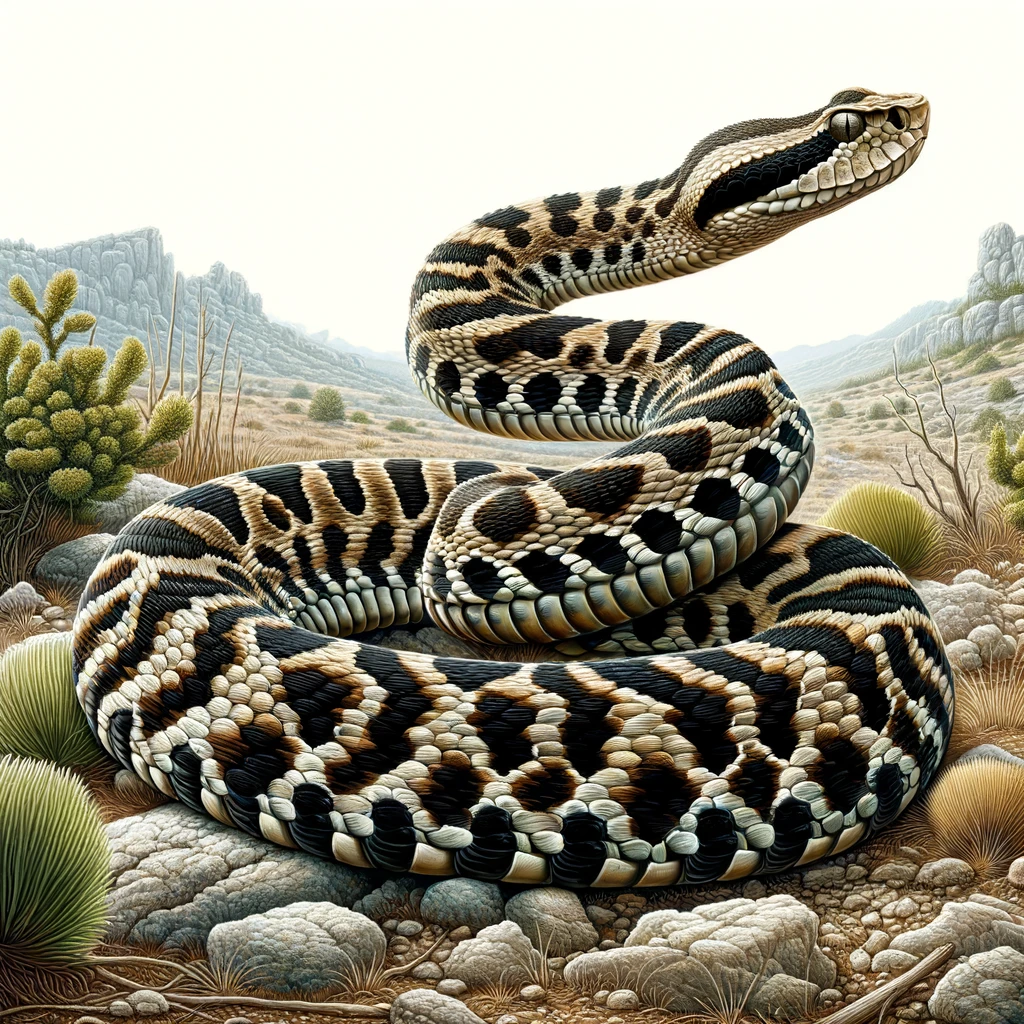In Croatia, there are several venomous animals that can pose a danger to humans. Here is an overview of the most important venomous species:
1. Snakes
- Horned Viper (Vipera ammodytes): The most venomous snake in Croatia. The horned viper has a characteristic “horn” on the tip of its nose and can be various colors, from gray to brown.
- Common European Viper (Vipera berus): Also venomous but less aggressive than the horned viper. Recognizable by the zig-zag pattern on its back.
2. Spiders
- Black Widow (Latrodectus mactans): Found mainly in Dalmatia. Its bites can be very painful and potentially dangerous to humans, although fatal cases are rare.
- Brown Recluse Spider (Loxosceles reclusa): Rarer, but its bite can cause serious health problems.
3. Fish and Marine Animals
- Weever Fish (Trachinus draco): Common in the Adriatic Sea. It has venomous spines on its back that can cause severe pain.
- Scorpionfish (Scorpaena porcus): Also has venomous spines that can be dangerous if stepped on.
- Sea Anemones (Anthozoa): Sea anemones are marine organisms belonging to the phylum Cnidaria.
4. Cnidarians
- Sea Anemones (Anthozoa): Sea anemones are marine organisms belonging to the phylum Cnidaria. Known for their beauty, some species can be venomous. In the Adriatic Sea, which washes the shores of Croatia, we can also find several species of sea anemones. Here are some key pieces of information about sea anemones found in the Adriatic:
1. Red Anemone (Actinia equina)
- Description: The red anemone is the most well-known and commonly seen anemone in the Adriatic. It has an intense red color and is often found attached to rocks in shallow waters.
- Venom: Its stinging tentacles can cause a stinging sensation or mild skin irritation, but they are not dangerous to humans.
2. Snakelocks Anemone (Anemonia viridis)
- Description: Also known as the green anemone, this species is recognizable by its long greenish tentacles. It often lives in symbiosis with some species of fish.
- Venom: The tentacles contain nematocysts that can cause pain and skin irritation in humans.
3. Aiptasia (Aiptasia mutabilis)
- Description: This species of anemone is brownish-green in color and can grow up to 10 cm in diameter. It is often found near corals and other nutrient-rich habitats.
- Venom: It also has nematocysts that can cause skin irritation.
4. Tube Anemone (Cerianthus membranaceus)
- Description: This anemone has very long and thin spread-out tentacles that can be of various colors. It lives buried in sand or mud.
- Venom: Although not dangerous to humans, its tentacles can cause irritation if they come into contact with the skin.
Recommendations for Encountering Sea Anemones:
- Avoid Touching: It is best to avoid touching sea anemones with bare hands. If you want to observe them, do so from a distance.
- Use of Equipment: When diving or swimming in areas where sea anemones are present, use protective gloves and a suit.
- Treatment of Stings: If contact and irritation occur, rinse the affected area with seawater and avoid rubbing. In case of a severe reaction, seek medical assistance.
Sea anemones are an important part of the marine ecosystem and can be fascinating to observe, but it is important to approach them with respect and caution.
5. Insects
- Hornets (Vespa crabro): Although not deadly, their stings can be extremely painful and dangerous for people allergic to their venom.
Preventive Measures
- Avoidance: Avoid walking through tall grass or brush without appropriate footwear.
- Caution in Water: Be cautious when walking on the seabed, especially in areas known to have venomous fish.
- First Aid Knowledge: In case of a bite or sting, seek medical assistance as soon as possible. Do not attempt to treat snake bites on your own without professional help.



0 Comments